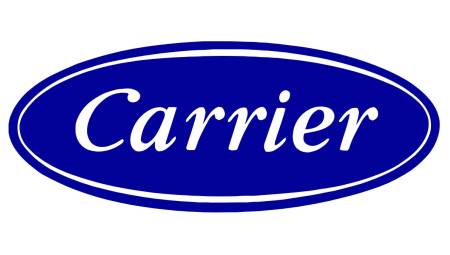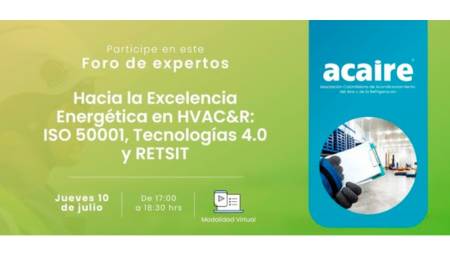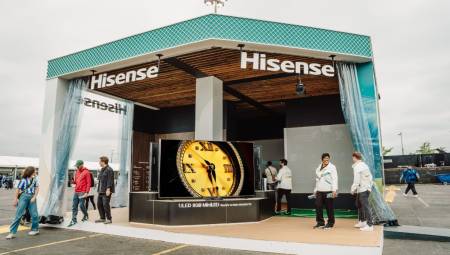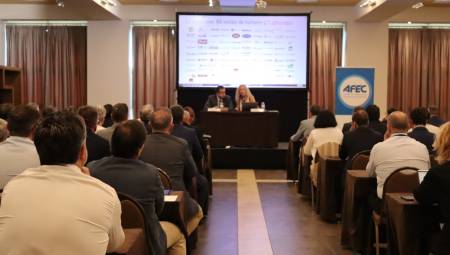By: Marc Petock
Director, Global Marketing & Communications Tridium, Inc.*
In the integration of systems, it must always be taken into account to include heating, air conditioning, lighting, security and telecommunications in a single centrally controlled and automated system. For this to be possible, different systems need to be able to communicate and interact with each other.
By integrating these control systems with intelligent software applications, buildings become active structures that receive signals from different control and monitoring devices, which are then sent to the appropriate devices and systems in the building. The result could be a building management system that allows you to perform all operations, from lighting installation and air conditioning programming, to controlling energy use through a standard network browser (or better yet, automatically).
The building automation industry has been permeated with many types of communication protocols. The main reason for this is related to the growth of the building automation industry in the face of the computer revolution. The technology available at the time required manufacturers to build highly particular solutions. There were no standard network solutions or standards focused on software. In fact, the manufacturers of particular solutions that were created were usually the competitive advantage of a company (they had created a solution where there was no competition).
Currently, the particular nature of these systems has become a burden on everyone (the system integrator, the contractor and, most importantly, the end user). Manufacturers invest most of the research and development money in building communications infrastructure over and over again for each new product line they develop, while trying to maintain limited compatibility with their old systems. This forces people to accept a building automation solution with limited and restrictive features and functionality.
It used to happen that truly integrated building control systems were extremely difficult to create. Devices made by different manufacturers could not communicate with each other, let alone allow users to access and integrate the data they supplied. The trend in the building control industry has been to solve the integration problem through the use of "open" communication protocols that would allow users to integrate systems regardless of manufacturer.
For more than a decade, Tridium's NiagaraAX Framework has been a robust software platform on the market, offering complete integration and interoperability for all types of buildings and facilities worldwide.
What is NiagaraAX?
NiagaraAX is a software framework that integrates different building automation systems and different equipment (regardless of manufacturer or communication protocol) into a single unified platform that is easily managed and controlled in "real time" over the internet through any network browser.
It is a complete integration and interoperability platform that connects all the operational functions of the building (HVAC, mechanics, security, energy management, elevators, lighting and fire/safety systems) and creates a network of building information on demand. NiagaraAX combines automation, internet and IT technology into a single software platform.
Whether the systems are based on BACnet®, LonWorks®, MODBUS®, SNMP, OPC, or on an old protocol hub, the Niagara connects almost any device imaginable, no matter the manufacturer or communication protocol within a unified system without joins.
How does NiagaraAX work?
NiagaraAX creates a common environment that connects to almost any embedded device imaginable no matter the type of manufacturer or communication protocol.
NiagaraAX models device data and behavior in standardized software components, offering the enterprise a uniform, unjoined view of device data across a wide variety of IP-based protocols, XML-based connectivity options, and open APIs. By transforming data from various external systems into standardized components, NiagaraAX creates a complete integrated and interoperable environment (See charts).
Any device and system standardized by NiagaraAX immediately becomes compatible with any other system connected to the structure, thus offering true integration, interoperability and connectivity between the systems.
The demand for the construction of integrated and interoperable building automation systems is increasing rapidly, and will continue to be more predominant. As is currently the case, buildings will be better and better (they will use less energy, have lower operating expenses, be safer, offer a better internal environment for occupants and offer significant returns on investment (ROI).













